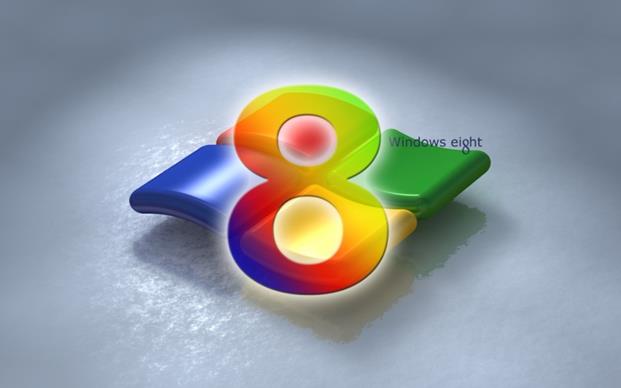A lesson on the marketing advantages of vertical products

Come later this year there will be a battle royal like never before. The question of what mass market computing platform will rule the next business cycle (3-5 years) will be decided, either very quickly, or very slowly (my money on slow). On one side is the reigning king of the current generation, the undisputed champ that reinvented the category of tablets/slates and is making out like a bandit – Apple’s iPad. The other party in the unaccustomed and uncomfortable challenger role is Microsoft’s Windows 8. Windows 8 is an OS that tries to straddle the desktop and the slate device, and by shear herculean ingenuity, to join them together. This is no easy task and the road has been
bumpy. But this is a big topic. We will not boil the proverbial ocean. Today we seek insight into a simple marketing reality of the 2 product strategies:
Apple has the advantage of marketing only one Product. The iPad. The physical and logical consistency of this situation is tremendous. While the customer knows that the iPad contains many components to make it work, not least of all iOS; they perceive it as one consistent device and experience. In contrast, Microsoft produces an OS. One which it hopes will run on a thousand new devices and form factors enabled by its OEM partners. Competent OEMs bring their hardware chops and diversity of design to the table. Done right, this should result in many new hardware form factors and an explosion of hardware innovation and combinations. However, apple has proven adept at blunting this hypothetical advantage. A really good example is the MacBook Air, which only began to be challenged recently, after 3 years of unfettered rampage on the market, by Intel’s Ultra book initiative. Also Apple has been able to attract top flight talent in hardware, supply chain management and component sourcing. It would not surprise me if they had a futures department buried somewhere in the beast of Cupertino. My point is that if Apple is able to nullify the potential of letting a thousand Windows 8 flowers bloom (Microsoft’s putative hardware strategy), then what we have is an OS running on adequate hardware made by several different vendors and OEMs.
On a good day, the inconsistency of this CAN be staggering. We only need to look to the fragmented Android phone landscape. Against the iPhone is arrayed a nameless horde of Galaxys, Droids, Ones and more; a veritable smorgasbord of OEM brands of Android. Some manufacturers like HTC have 4 brands in market at any given time and have only now begun the discipline of consistency. But even with consistency you will at least have as many brands as there are OEMs and the horizontal company wants as many as are competently possible to participate in the party. And against this all is one single, breathlessly consistent device, the iPad. One product, one marketing campaign, one website, one support system, one acquisition channel (for the most part). Yikes. Even with the very best of coordination, Microsoft’s marketing will have to contend with the divergent ambitions of its hardware partners. And then since the devices are mobile, you will have to deal with this being delivered through the wireless carrier channel as well. From a purity of messaging perspective the potential exists for this becoming an inchoate mess. At best it will be a loosely coupled and controlled marketing alignment, lacking elegance.
It has to be mentioned that the upside to these overlapping interests is volume of marketing. You might have a higher volume than the iPad. But I tend to think simple devices targeted at consumers need simple and consistent marketing campaigns.
I have a simple recommendation: Sell one product. You really cannot fix marketing except to the extent that you have excellent and coordinated marketing across all partners. But you can try to have one virtually consistent product. For illustration purposes, we will call this the Windows Slate®. Sell only that. Market only that. To help your partners differentiate you can add a handle to the product to differentiate the hardware pedigree. Windows Slate® by Sony. Windows Slate® by Dell. Windows Slate® super duper by Nokia. And so on. This will even have a reigning in effect on your marketing efforts across the ecosystem, which is where you want to be.
I believe a virtualized consistency is necessary to compete with a hyper successful consumer product. What do you think?
